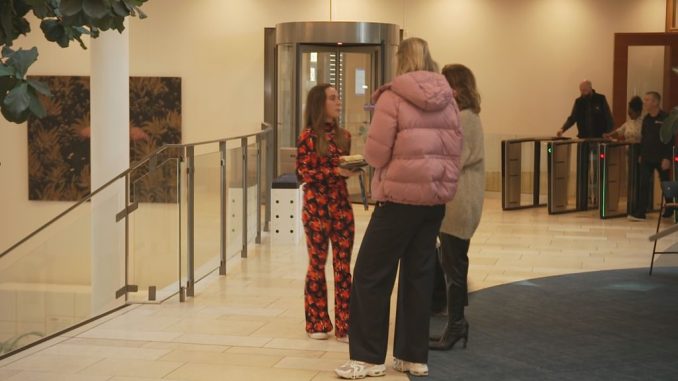
The Subverting Dress Code Trend
As per recent observations, the office employees’ inclination towards formal attire, such as jackets, suits, and dress shoes, is noticeably decreasing. The drastic change can be primarily attributed to the pandemic that propelled a revolution in workplace dress code norms. With the rise of remote working, employees are seen shifting their preferences to more comfortable and less formal attire. Interestingly, this change is not limited to organizations with a previously informal dress code. Companies where jeans were considered an inappropriate office wear, like banks and consultancy firms, are now witnessing their employees turning up in jeans to work. A spokesperson for consultancy firm KPMG weighed in on this shift by stating, “Since the pandemic and the rise of working from home, we have certainly seen a change towards less formal clothing. The average age at our office is 34 years old and therefore you see that office clothing also adapts to trends in society.”
Informal Clothing: The New Normal?
Banking industries, known for their formal dress code, are also seeing the change. The decision of what to wear is increasingly becoming employees’ preference – jeans, hoodies, suits paired with sneakers, and the list goes on. Some teams discernibly lean more towards casual clothing than others, which is a significant shift considering the banking sector’s history of strict formal attire. Statistical data from the Netherlands reinforces this trend, revealing that during the height of the COVID-19 pandemic, more than half of the employees adopted a work-from-home strategy. This shift has inevitably contributed to the growing preference for casual clothing over traditional formal wear at work.
Fading Significance of the Tie and Emergence of Sneakers
One garment that is taking a backseat in the office wardrobe is the tie. What was once a staple of professional attire is now considered optional or even unnecessary by many. As Paul te Grotenhuis of Inretail observes, “Now we see that it is worn much less often. It is often just a shirt without a tie or jacket. We even see the Prime Minister without a tie sometimes, something unthinkable a decade back.” Sneakers have noticeably replaced dress shoes as a popular choice for office workers. Just a decade back, neat leather shoes were the go-to office footwear. However, the comfort and modern style of sneakers seem to have won the hearts of professionals, becoming the dominant trend in the footwear department.
Word of Caution
While there is a visible shift towards a more casual dress code, employees are still expected to dress suitably when interacting with clients. Different customers may have divergent expectations – while some are comfortable with jeans and sneakers, some still prefer a traditional suit and tie look. Therefore, professionals need to adapt their style to cater to these distinct clienteles.

Be the first to comment